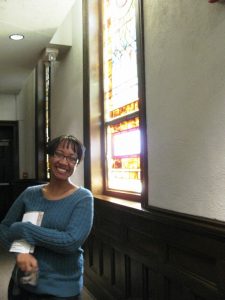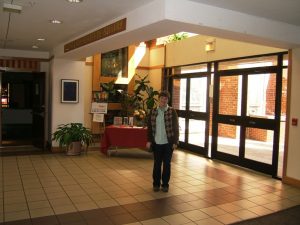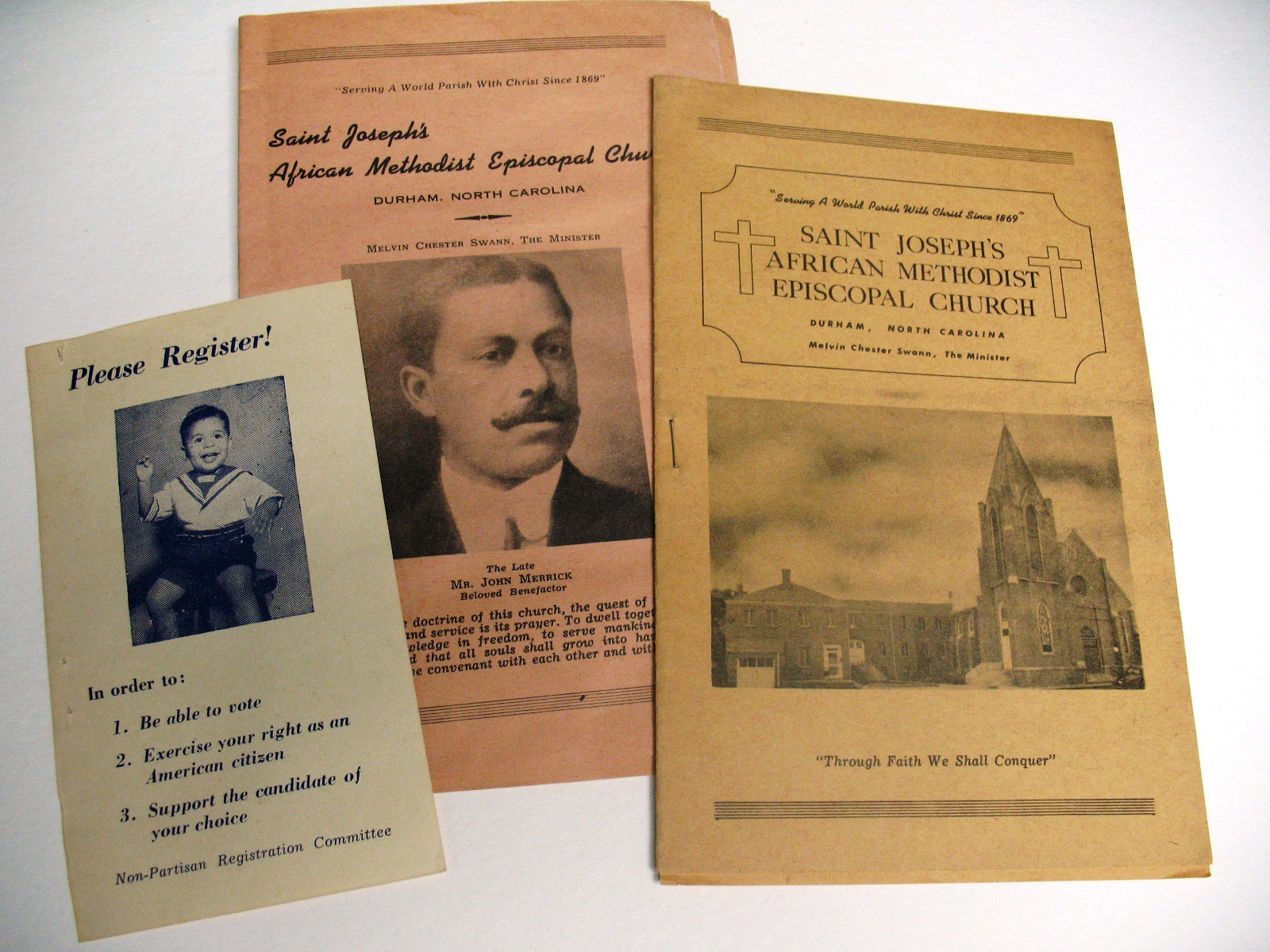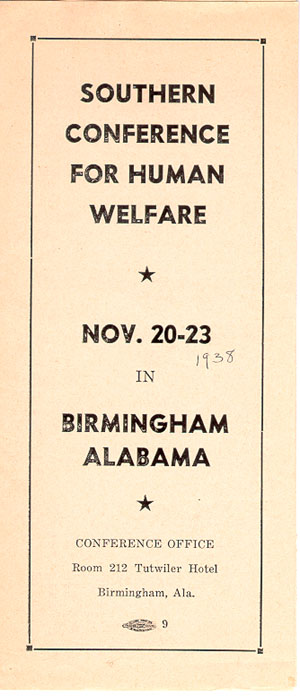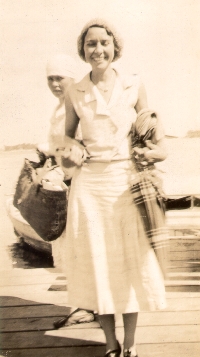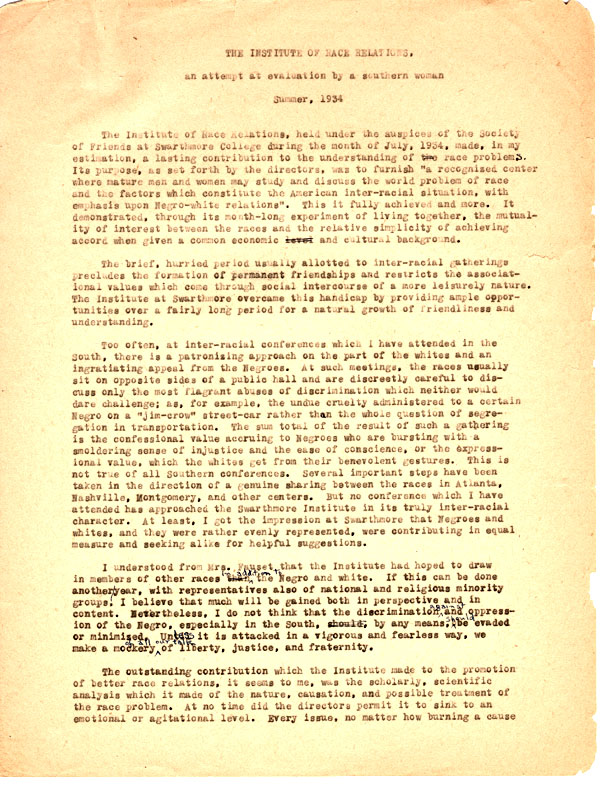The next stop on the Diverse Communities bus tour Jessica and I went on was Parrish Street, where several African American businesses originated and prospered in the early 20th century. Known as “Black Wall Street”, several African American operated enterprises started on Parrish Street, such as the North Carolina Mutual Life Insurance Company (founded in 1898) and Mechanics & Farmers Bank. (founded in 1908).
This vibrant and thriving area was unfortunately decimated – along with other businesses and communities – with the creation of Highway 147 along with numerous other factors. While this did not completely eradicate black enterprise in Durham – NC Mutual and M&F are still thriving – it did physically destroy a significant part of the black neighborhood and in turn, an important part of history.
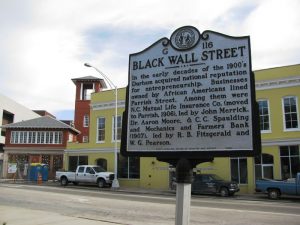
Mr. Reginald Jones, who works with the Parrish Street Project, talked with us about seeking to revitalize the Parrish Street area. The goal is to commemorate the important legacy of Black Wall street while attracting new businesses to the area to encourage economic revitalization.
Echoing Jessica’s sentiments in an earlier post, it was interesting for the two of us as archivists to be involved in this conversation. We are generally concerned with the preservation of history. It’s important to think about Parrish Street’s heritage in the context of urban planning and development. The urban planning students asked compelling questions about working with the community in order when planning any sort of redevelopment or conceiving any project in a neighborhood. The importance of preserving and celebrating the cultural heritage of a particular area was not lost in the conversation of burgeoning neighborhood development.
The SHC has a number of collections that relate to black owned businesses on Parrish Street and throughout the South. One example is the William Jesse Kennedy Papers, who was the fifth president of NC Mutual Life Insurance.

Several other collections contain materials relating to Mechanics & Farmers Bank, such as the Floyd B. McKissick Papers and the Southern Oral History Program interview with Howard Lee, which describes his interactions with former M&FB president John Wheeler.
Additionally, there are numerous SOHP interviews with former employees of NC Mutual such as former president Asa Spaulding. (Note: There are three interviews with Mr. Spaulding in all).

